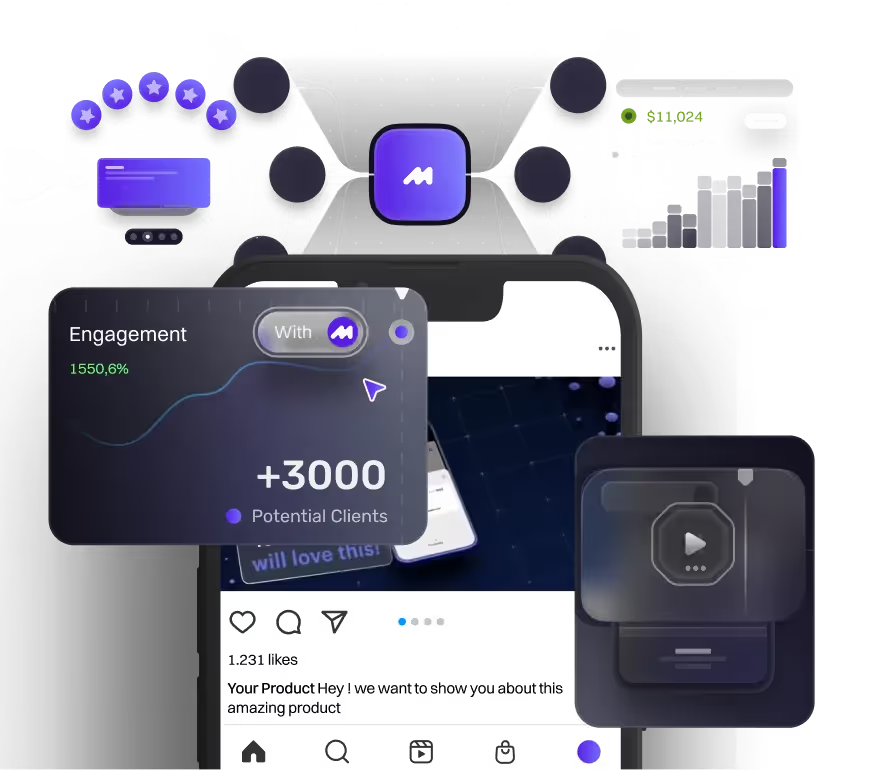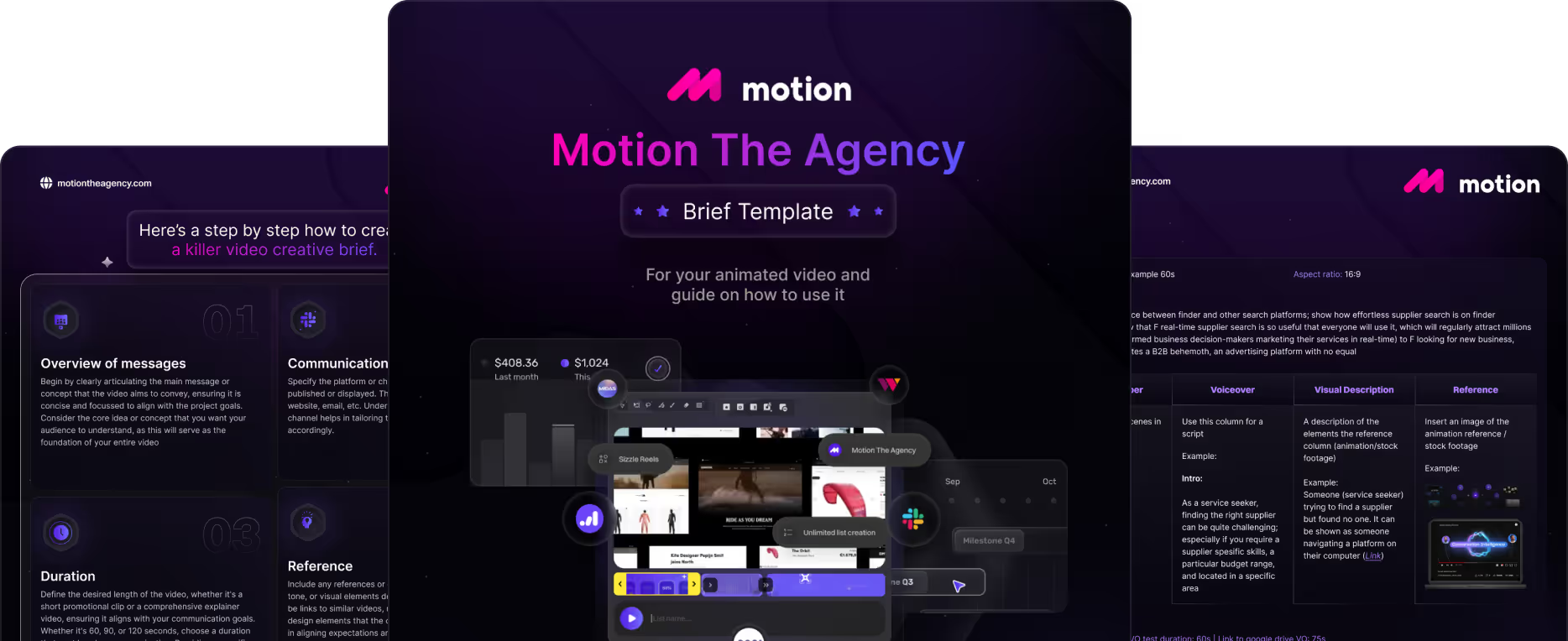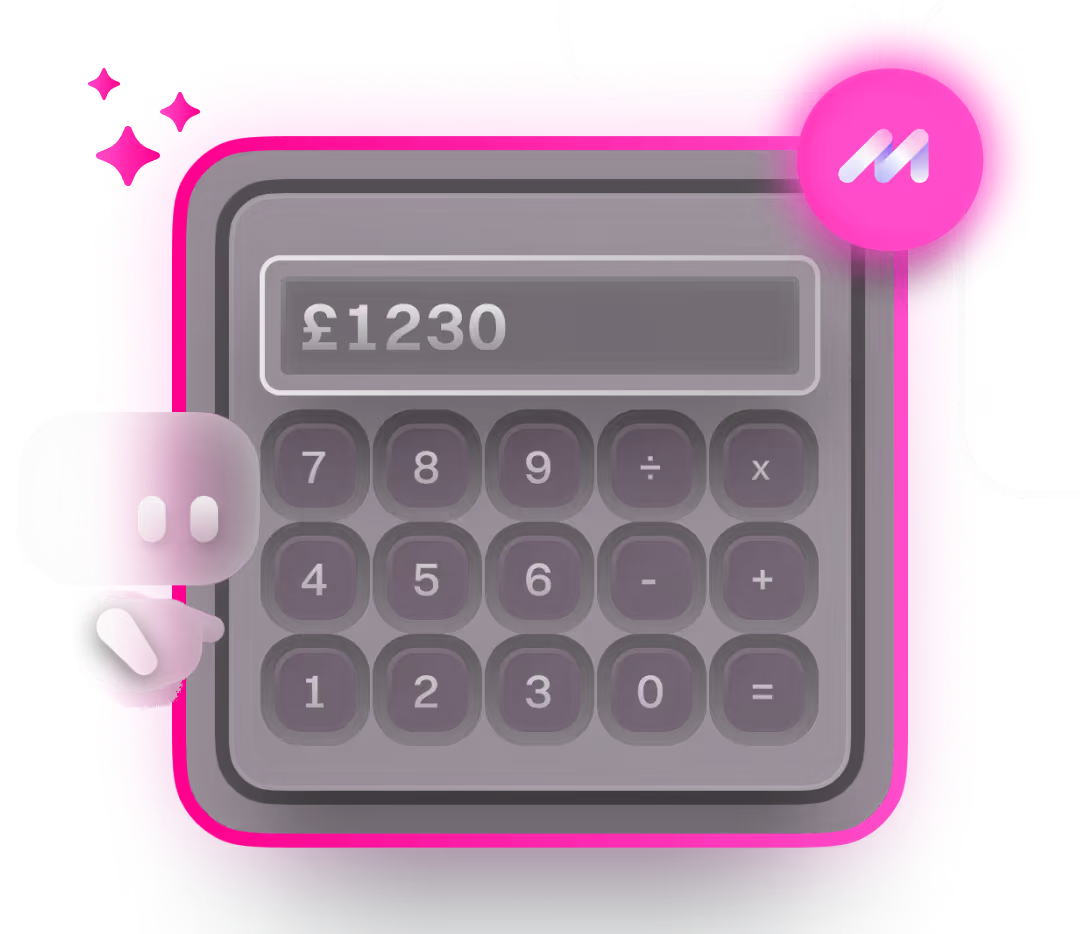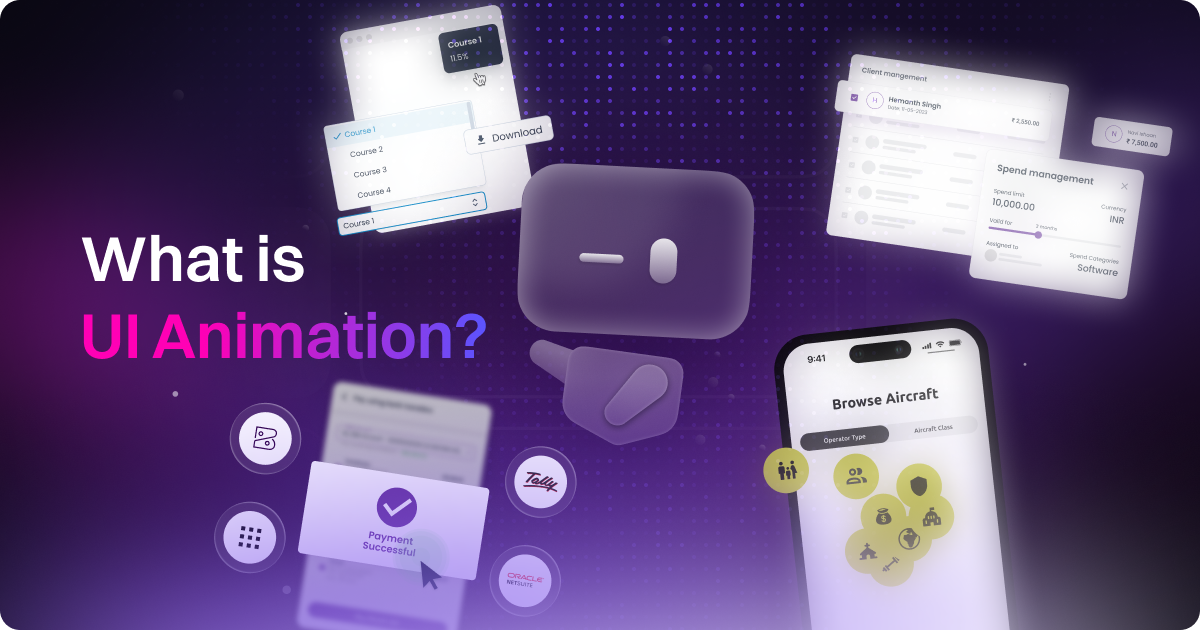How to Make UI Animations Run Smooth Without Slowing Down Your Website
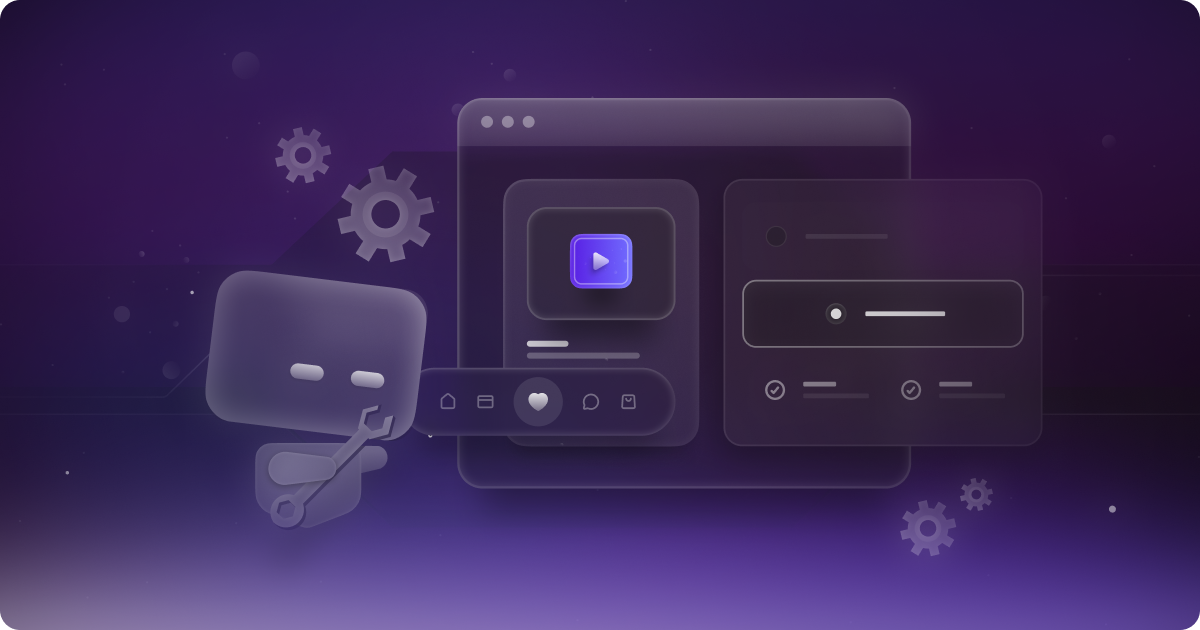

table of content
Hey there! Hope your day’s going great.
If you’re here, you’re probably trying to figure out how to get your website animations running smoother. Maybe the ones you’ve got feel a little clunky or laggy. Or maybe you’re planning to add UI animation to your site but you're not totally sure what to watch out for.
Either way, you’re in the right spot.
As an agency, we hear this a lot. Clients come to us with a vision for how they want motion to look and feel on their site, and it’s our job to make sure that vision actually works once it's live. When it comes to UI animation, performance matters more than most people think. If a scroll lags or a button stutters, it's not just a small glitch. It changes how people experience the entire brand.
So in this post, we’re breaking down what we do to keep animations looking good while running smooth. We’ll walk through why performance matters, what metrics are worth paying attention to, and how we prep every animation to behave well across different platforms, browsers, and devices.
Let’s dive in.
But, Why is UI Animation Performance Important
Alright, think about it like this. You walk into a store, and the automatic door doesn’t open right away. You pause for a second, feeling a little awkward, then it finally slides open just a bit too late. Once you’re inside, the motion sensor that usually alerts staff that someone walked in doesn’t go off either. None of that stops the store from selling good products, but the experience already feels a little off. It’s not smooth, not professional, and definitely not what you expected.
That’s kind of what happens when UI animation on a website doesn’t perform well. It doesn’t break the site, but it changes the way people experience it. Even small things like laggy transitions or awkward loading states can make your product feel clunky. And sure, there are plenty of other things that affect user experience, but that doesn’t mean animation isn’t important.
Here’s why getting it right actually matters:
- Bad animation leads to bad UX. When things feel slow or out of sync, people notice and leave.
- It affects business performance. Poor animation can hurt your conversion rates, bounce rate, and overall trust.
- Not everyone uses the latest device. Animations that run fine on your setup might lag or crash on older phones or laptops.
- It reflects the quality of your brand. Smooth, responsive motion makes your product feel polished and well built.
How Do You Know If Your UI Animation Is Actually Working Right?
Well, everything has their own metrics right? That also applicable to UI animation. Okay, we need to actually put a disclaimer here, we are not saying these are the only metrics that you should be paying attention to, every case is different because every project has their own goal. This section mostly focused on the general metrics like load time, stability, responsiveness and readiness.
FPS (Frames Per Second) – Smoothness
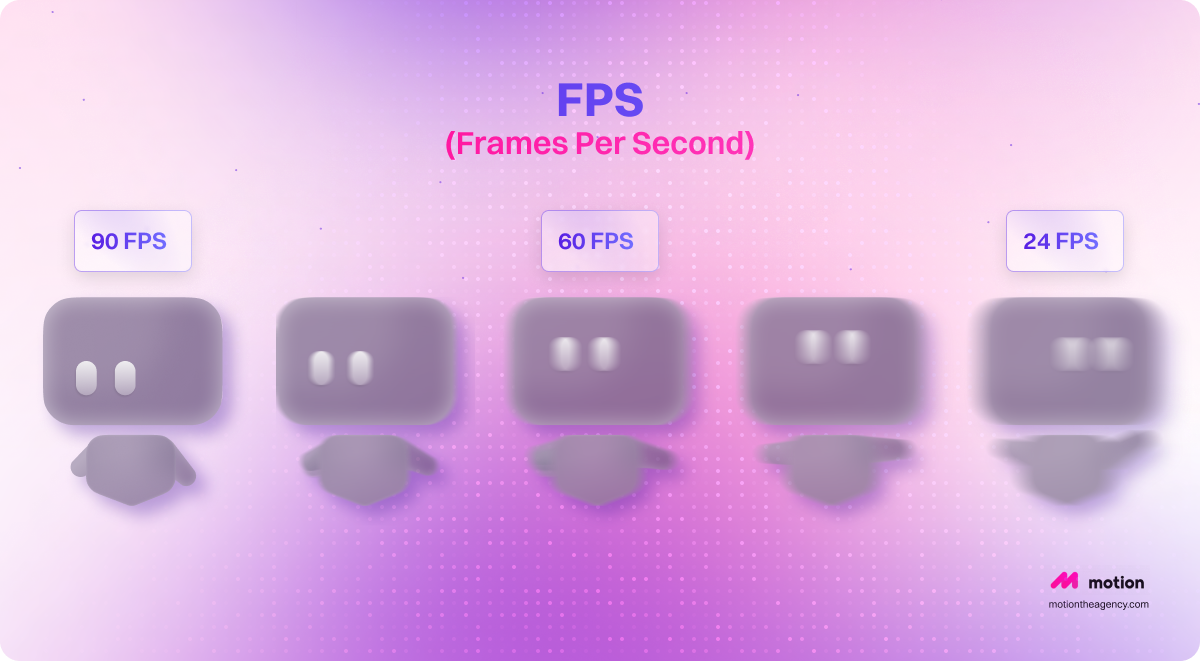
FPS stands for frames per second. It’s what controls how smooth your animations look and feel. The ideal target is 60 FPS, which matches the refresh rate of most modern screens and creates that fluid, polished feel people expect from today’s websites and apps. At that frame rate, transitions feel clean, scrolling is seamless, and UI elements respond naturally.
When FPS drops below that, even just a little, the motion can start to feel choppy or delayed. Most users won’t say, “This site has low frame rate,” but they’ll definitely notice something feels off. It’s like trying to watch a video that keeps stuttering. Even if your visuals are beautiful, poor FPS can make your interface feel heavy, outdated, or buggy. Smooth motion helps your product feel high quality and reliable from the first click.
CLS (Cumulative Layout Shift) – Stability
CLS measures how much content unexpectedly moves around on the screen while a page is loading or animating. You’ve probably seen this happen. You go to click or tap something, and right before you do, the layout shifts and you end up pressing the wrong thing. It’s a small issue that quickly becomes frustrating.
Layout shifts usually happen when animations, images, or fonts load late and push other elements out of the way. It’s especially noticeable on mobile devices, where space is limited. Even if your animations are well-designed, they should not cause parts of the layout to move unpredictably. A stable layout helps users feel in control and makes your product feel more trustworthy. Reducing CLS is one of the easiest ways to create a smoother, more reliable experience.
FID (First Input Delay) – Responsiveness
FID measures how quickly your site responds when someone interacts for the first time. That could be clicking a button, opening a menu, or tapping a link. If the site doesn’t respond right away, users feel like something is broken, even if it’s just a small delay.
This delay often happens when scripts or animations are still loading and the browser is too busy to handle input. A slow response creates confusion and frustration. People expect instant feedback when they interact with a digital product. If nothing happens, even for a moment, they start to lose patience. A fast FID makes everything feel responsive and reinforces that your site is well built and ready to go from the first touch.
TTI (Time to Interactive) – Readiness
TTI is about how long it takes before your page is fully usable. Not just visually loaded, but actually ready for users to click, scroll, or type. Some pages look finished on the surface, but when users try to interact, nothing works. Buttons don’t respond, dropdowns don’t open, and animations are still getting into place.
This delay creates uncertainty. People think the site is ready, but they get stuck waiting. That disconnect can lead to frustration or even cause them to leave. A good TTI means everything is functional as soon as it appears. Animations should support the experience, not block it. Getting your TTI down is key to making a fast first impression and keeping users engaged from the start.
Tools That Help Us Make Sure UI Animations Don’t Slow Things Down
Okay, the tools we’re going to talk about here are mostly accessible and free. A lot of our clients come to us asking how to maintain their UI animations and what they should be watching out for. Some of them are startups working with tight budgets, so we did our research to find tools that are simple, cost-effective, and still useful. They might not be perfect or super advanced, but they’re more than enough for basic animation maintenance and performance checking.
Let’s talk tools. The ones we use to keep UI animations running smooth are super accessible, and most of them are free.
First up, there’s Chrome DevTools. It’s built right into Google Chrome, and it lets you record your site while it runs so you can catch any laggy animations or heavy files in real time. Then there’s Lighthouse, which gives you a quick performance report. It checks your site’s speed, accessibility, and overall health, and gives you clear suggestions on what to improve.
For testing animations directly, we often use Rive or LottieFiles. Both give you a live preview with an FPS counter so you can see if your motion is running smoothly or needs a little cleanup. They’re free to use, and while they offer pro features if you want more control or team tools, the free versions are already solid for animation checks and optimization.
How We Make Sure Our UI Animation Projects Actually Work, Not Just Look Good
When we work on UI animation projects, it's almost always a team effort with our clients. We collaborate closely, but at the end of the day, they get the final say on how and where the animations are used. Our job is to make sure everything we create fits into their platform properly, not just in terms of style but also performance.
To make that happen, we always try to get aligned early. That means being clear about what they need, especially when it comes to file formats. Some clients want Lottie or Rive files, others ask for MP4 or GIF. If they request something that might affect performance, like a large video file when a lightweight vector would do the job, we bring it up and suggest a better option.
Most of the time, we use Lottie or Rive because they keep things light and scalable. Both tools have built-in previews and FPS counters, which make it easy to test the motion and catch any issues before we deliver the files.
In most cases, we don’t get direct access to the client’s website or dev environment. That means we’re not always able to run Chrome DevTools or Lighthouse reports before the animation goes live. To help with that, we always deliver both the final format the client asked for and the working source files. That way, if anything needs to be adjusted later, their team can make the changes or send it back to us for a quick fix.
Conclusion
Creating a website that’s both engaging and packed with useful info isn’t easy. Adding UI animation in the right spots can really help. It brings energy to the page, helps guide users, and makes everything feel a bit more polished. But we get it — there’s still a lot of confusion around how animation affects performance.
The truth is, you can absolutely use animation without slowing your site down. It’s all about keeping things lightweight and knowing what to pay attention to during the build.
So if you’ve been unsure about using UI animation because you’re worried it might mess with your user experience, here’s our take: do it. Animation, when done right, can make your site more enjoyable, more helpful, and more memorable. We’ve worked on projects like this before. One of our favorites was with OpenMoney, where the goal was to use animation to explain their product clearly without adding weight to the site.
If you’re curious about how that could work for your brand, take a look at our UI animation service page. And if you want to talk it through, book a call. We’d love to hear what you’re working on and see how we can help.



Contact Us
Ready to elevate your brand? Contact us for your
Free Custom Video Sample
